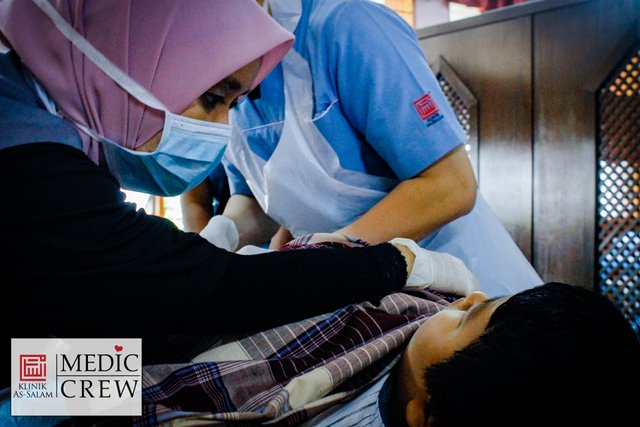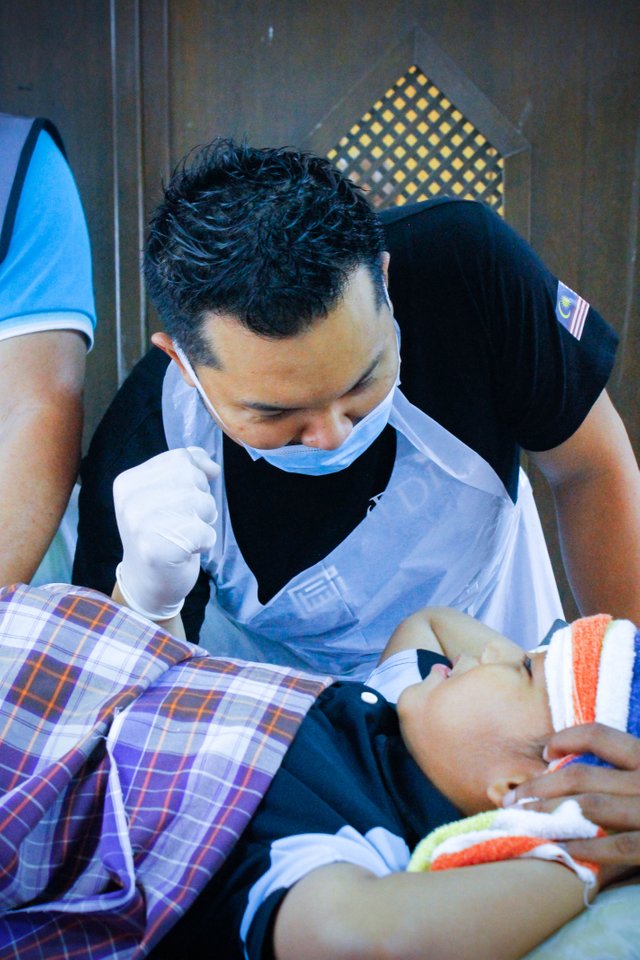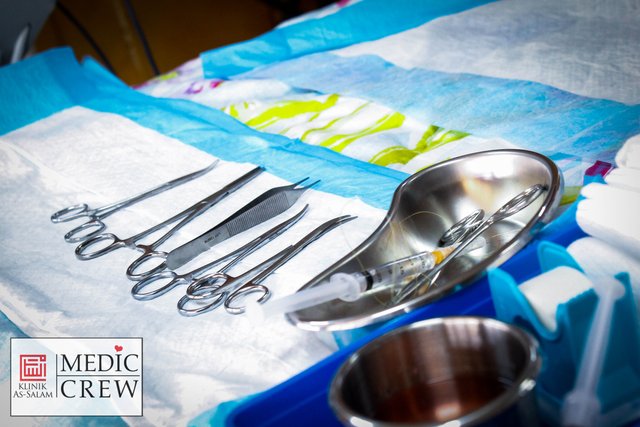Did you know why all muslim circumcision?
Circumcision is the surgical removal of the foreskin, the tissue covering the head(glans) of the penis. It is an ancient practice that has its origin in religious rites. Today, many parents have their sons circumcised for religious or other reasons.
When is circumcision done?
Circumcision is usually performed on the first or second day after birth. (Among the Jewish population, circumcision is performed on the eighth day.) The procedure becomes more complicated and riskier in older babies, children, and men.
How is circumcision done?
During a circumcision, the foreskin is freed from the head of the penis, and the excess foreskin is clipped off. If done in the newborn period, the procedure takes about five to 10 minutes. Adult circumcision takes about one hour. The circumcision generally heals in five to seven days.
Is circumcision necessary?
The use of circumcision for medical or health reasons is an issue that continues to be debated. The American Academy of Pediatrics (AAP) found that the health benefits of newborn male circumcision outweigh the risks, but the benefits are not great enough to recommend universalnewborn circumcision. The procedure may be recommended in older boys and men to treat phimosis (the inability to retract the foreskin) or to treat an infection of the penis.
Parents should talk with their doctor about the benefits and risks of the procedure before making a decision regarding circumcision of a male child. Other factors, such as your culture, religion, and personal preference, will also be involved in your decision.
What are the benefits of circumcision?
There is some evidence that circumcision has health benefits, including:
A decreased risk of urinary tract infections.
A reduced risk of some sexually transmitted diseases in men.
Protection against penile cancer and a reduced risk of cervical cancer in female sex partners.
Prevention of balanitis (inflammation of the glans) and balanoposthitis (inflammation of the glans and foreskin).
Prevention of phimosis (the inability to retract the foreskin) and paraphimosis (the inability to return the foreskin to its original location).
Circumcision also makes it easier to keep the end of the penis clean.
Note: Some studies show that good hygiene can help prevent certain problems with the penis, including infections and swelling, even if the penis is not circumcised. In addition, using a condom during sex will help prevent STDs and other infections.
What are the risks of circumcision?
Like any surgical procedure, there are risks associated with circumcision. However, this risk is low. Problems associated with circumcision include:
Pain
Risk of bleeding and infection at the site of the circumcision
Irritation of the glans
Increased risk of meatitis (inflammation of the opening of the penis)
Risk of injury to the penis






